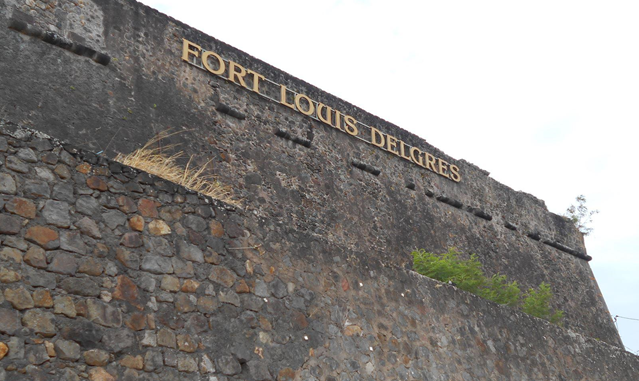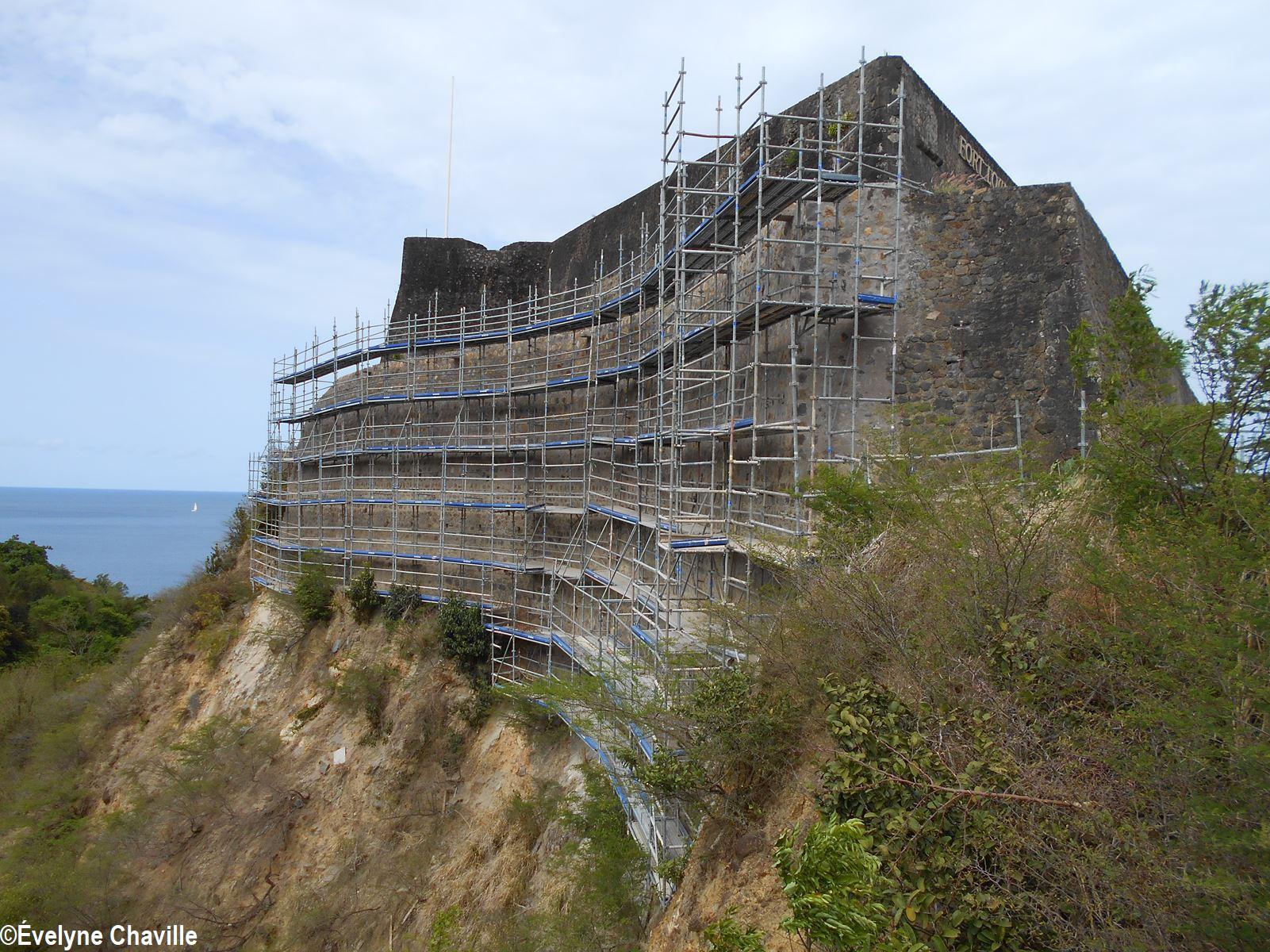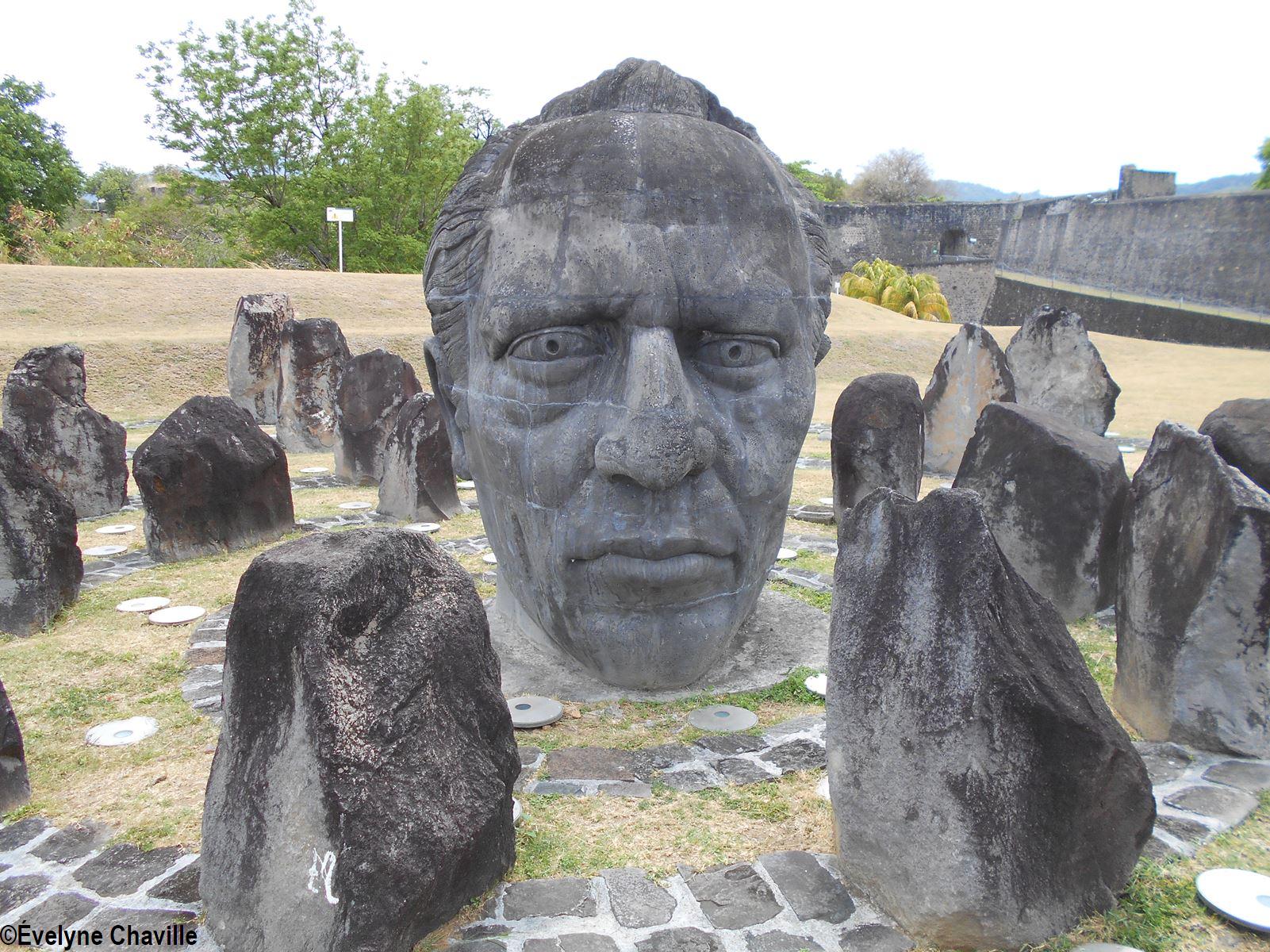

On the occasion of the 174th anniversary of the abolition of slavery in Guadeloupe celebrated this Friday, May 27, Kariculture takes you to visit Fort Louis Delgrès, located in the historical district of Le Carmel in Basse-Terre, the administrative capital of Guadeloupe.
Initially a fortified house built in 1650 by Charles Houël du Petit Pré (1616-1682) – governor of Guadeloupe from 1643 to 1664 and then owner of the island in 1648 – over the years chicanes, bastions and ramparts have been added. This place thus became a military fort. Abandoned by the armed forces in 1965, the fort, called Saint-Charles at the time, was squatted by administrations, transformed into a public dump and a place for romantic meetings. In 1970, thanks to the determination of an association and volunteers from Basse-Terre, and then of the public authorities, the rehabilitation of the site has begun. In 1975, the General Council of Guadeloupe bought the Fort from the French State for 1 symbolic franc. By order of November 21, 1977, the Fort is classified as a historical monument.
Unfortunately, there are still Guadeloupeans who have never entered this imposing stone structure for various reasons, notably because they are unaware of the important role played during the colonization of the island and even of the Caribbean, as this fort was the scene of heavy fighting, in particular between the French and the English ; the latter even occupied it during the French Revolution.

After having known various names – Fort Saint-Charles (1650), Fort Royal, Fort Matilda, Fort Richepanse, and again Fort Saint-Charles – this construction was named Fort Louis Delgrès in 1989 by the General Council of Guadeloupe (now the Departmental Council) in tribute to this freedom fighter. It should be noted all the work done by our historians and researchers in order to make our past known.
Louis Delgrès (1766-1802), a free half-breed born in Saint-Pierre (Martinique) and a highly rated army officer, opposed the re-establishment of slavery by Napoleon in 1802. Indeed, on February 4, 1794, the National Convention governing revolutionary France had abolished slavery in all French colonies.
It was from this fort that Louis Delgrès left with his 300 comrades-in-arms, in the direction of Habitation Anglemont in Matouba, Saint-Claude. Having adopted the slogan of the Jacobins (Republicans) “Live free or die”, they fought for eighteen days before committing suicide not to be taken prisoner.
Every May 27 (1848), date of the commemoration of the abolition of slavery in Guadeloupe, Louis Delgrès, hero of the first abolition of slavery, is celebrated. The fort, ancien symbol of France’s power in the New World, becomes the venue for official ceremonies.

































































































